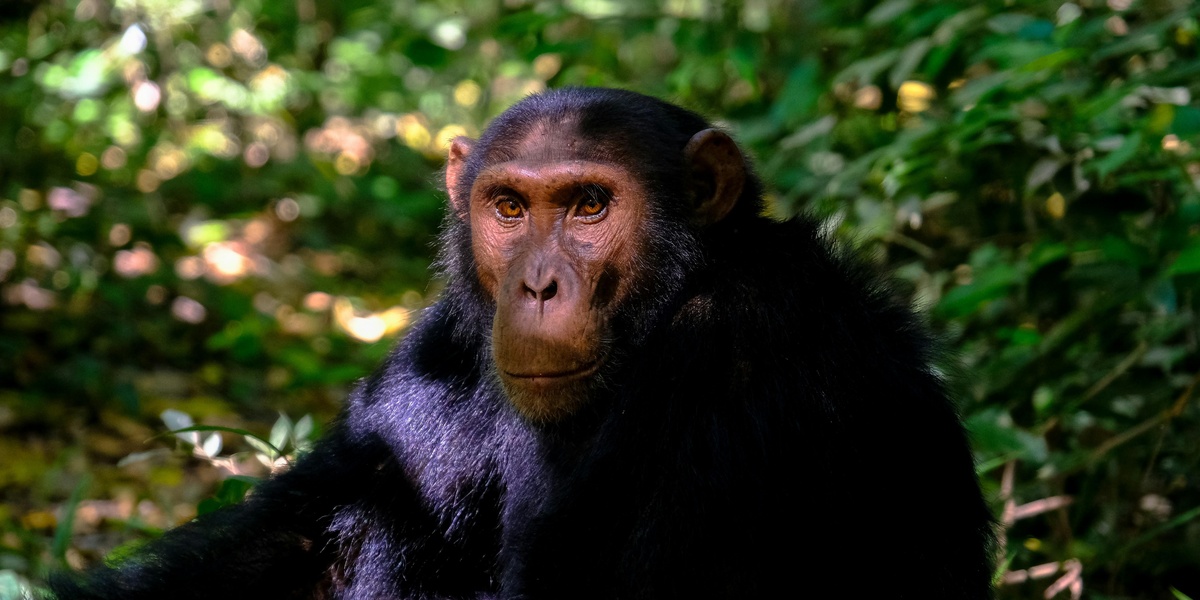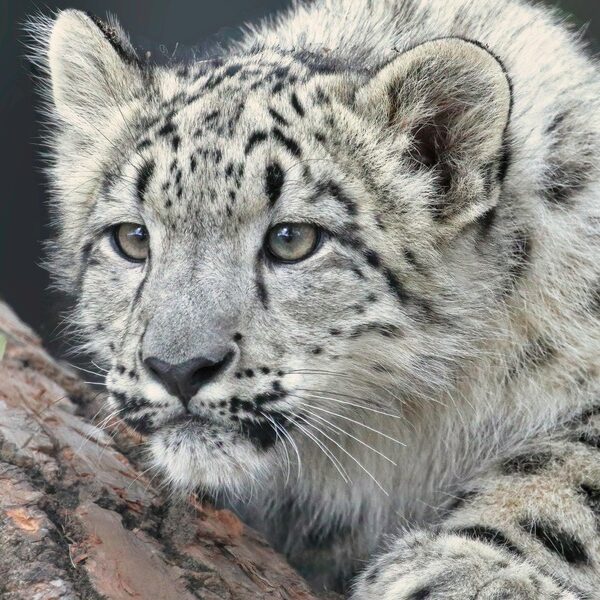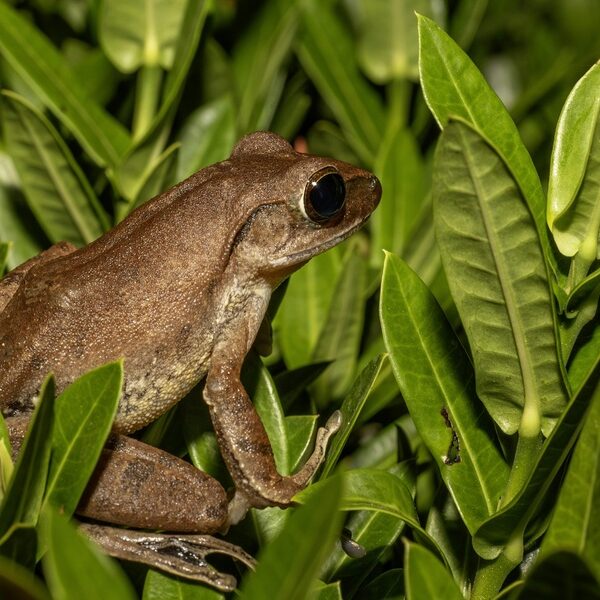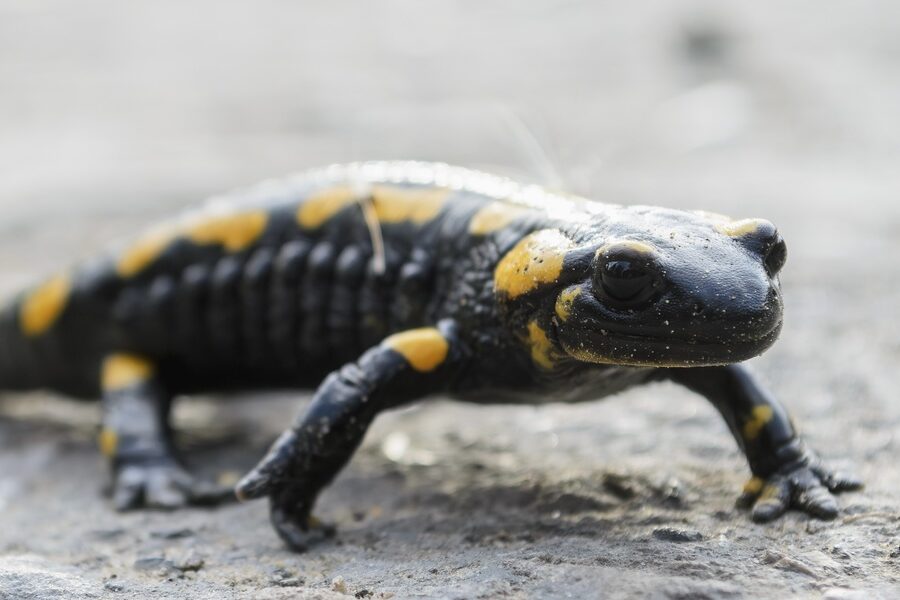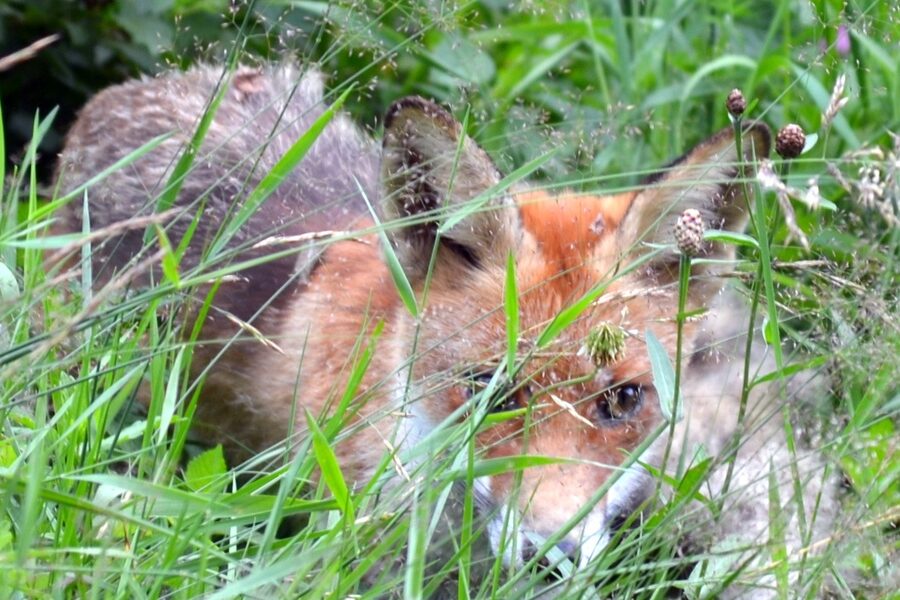From Madagascar’s spiny forests to the rainforests and savannas where troops and solitary foragers move through the trees, primates show a remarkable spread of shapes, behaviors and habitats. Noting who lives where and how big they are helps paint a clearer picture of their ecological roles and conservation needs.
There are 20 Primate Examples, ranging from Aye-aye to Tufted capuchin. For each entry you’ll find below data organized with Scientific name,Range,Average weight (kg) so you can compare identity, distribution and typical size at a glance — you’ll find below.
How were the species selected for this list?
The selection aims to represent geographic and taxonomic variety rather than exhaustive coverage of every subspecies; choices were guided by common references and field guides to include well-known and illustrative species across continents.
How reliable are the range and weight figures?
Range descriptions are general and may omit local absences or recent changes; average weights are typical adult values but vary by sex, age and population—use the entries as a starting point and check primary sources (field studies, IUCN) for precise or research-grade data.
Primate Examples
| Common name | Scientific name | Range | Average weight (kg) |
|---|---|---|---|
| Human | Homo sapiens | Global | 62 |
| Chimpanzee | Pan troglodytes | West and Central Africa | 45 |
| Bonobo | Pan paniscus | Democratic Republic of the Congo | 40 |
| Mountain gorilla | Gorilla beringei beringei | Virunga region (Rwanda, Uganda, DRC) | 160 |
| Bornean orangutan | Pongo pygmaeus | Borneo (Indonesia, Malaysia) | 75 |
| Lar gibbon | Hylobates lar | Southeast Asia (Thailand to Indonesia) | 7 |
| Ring-tailed lemur | Lemur catta | Southern Madagascar | 2.50 |
| Indri | Indri indri | Eastern Madagascar | 7 |
| Aye-aye | Daubentonia madagascariensis | Madagascar | 3 |
| Gray mouse lemur | Microcebus murinus | Much of Madagascar | 0.07 |
| Philippine tarsier | Carlito syrichta | Philippine islands (Bohol, Leyte) | 0.12 |
| Bengal slow loris | Nycticebus bengalensis | South and Southeast Asia | 1.20 |
| Common marmoset | Callithrix jacchus | Northeastern Brazil | 0.32 |
| Common squirrel monkey | Saimiri sciureus | Amazon Basin and northern South America | 0.75 |
| Tufted capuchin | Sapajus apella | Amazon Basin and surrounding regions | 3.50 |
| Geoffroy’s spider monkey | Ateles geoffroyi | Southern Mexico through Central America to Colombia | 8 |
| Black howler | Alouatta caraya | Central and South America (e.g., Brazil, Bolivia, Paraguay) | 7.50 |
| Rhesus macaque | Macaca mulatta | South, Central and East Asia; introduced widely | 7.50 |
| Hamadryas baboon | Papio hamadryas | Horn of Africa and Arabian Peninsula | 25 |
| Golden lion tamarin | Leontopithecus rosalia | Brazil’s Atlantic Forest | 0.70 |
Images and Descriptions

Human
Modern humans are globally distributed, living in diverse habitats from cities to wildlands. Average adult weight varies, typically around 62 kg. Omnivorous and culturally complex, humans have transformed ecosystems; sustainability now affects our species and countless others.
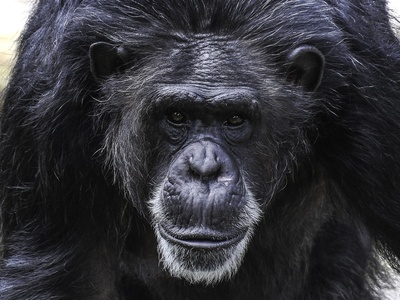
Chimpanzee
Found in West and Central African forests and savanna, chimpanzees weigh about 45 kg. Omnivorous and highly social, they use tools, hunt cooperatively and form complex communities. Endangered due to habitat loss, hunting and disease.
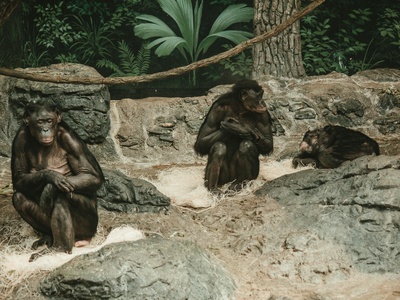
Bonobo
Endemic to the Democratic Republic of the Congo’s rainforests, bonobos average about 40 kg. Mostly frugivorous and noted for female-led social bonds and conciliatory behavior, they are endangered by deforestation, hunting and civil unrest.
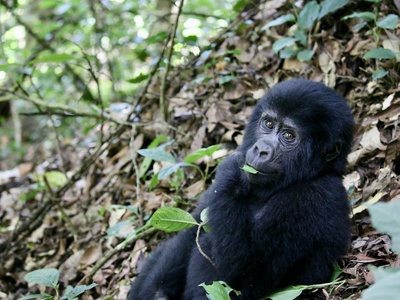
Mountain gorilla
Living in highland forests of the Virunga region, mountain gorillas weigh around 160 kg. Gentle, mainly herbivorous and living in family groups, they are critically endangered but have benefited from focused conservation and carefully managed ecotourism.
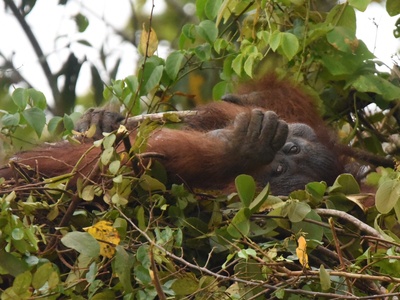
Bornean orangutan
Bornean orangutans inhabit Borneo’s lowland and hill forests and average about 75 kg for adult males. Solitary, highly arboreal frugivores, they are critically endangered from logging, palm oil expansion and habitat fragmentation.
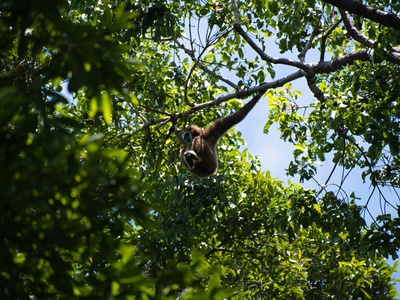
Lar gibbon
Lar gibbons live in Southeast Asian forests from Thailand to Indonesia and weigh about 7 kg. Agile brachiators with long arms, they form monogamous pairs and sing loud duets; many populations face habitat loss and hunting.
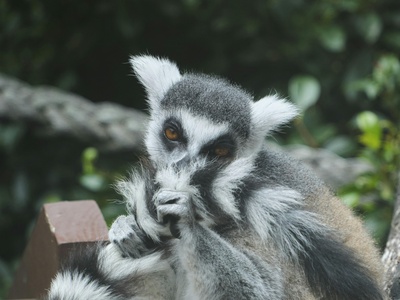
Ring-tailed lemur
Native to southern Madagascar, ring-tailed lemurs weigh around 2.50 kg. Diurnal and highly social, they live in dry forests and scrub, use scent for communication, bask in the sun, and are vulnerable from habitat loss and the pet trade.
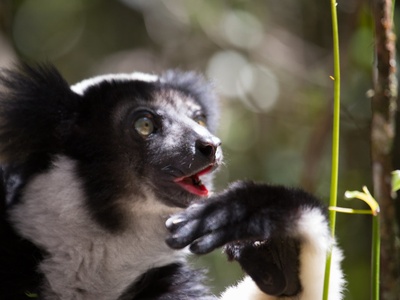
Indri
The indri is native to eastern Madagascar’s rainforests and weighs about 7 kg. The largest living lemur, tailless and powerful leaper, it loudly sings to defend territory; critically endangered due to rapid deforestation.
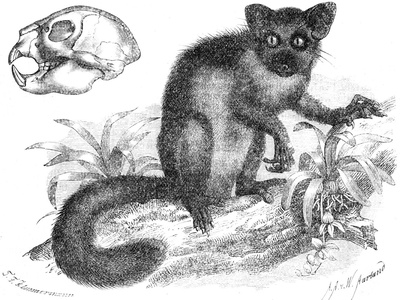
Aye-aye
Aye-ayes occur across Madagascar’s forests and disturbed habitats, weighing about 3 kg. Nocturnal insectivores that use an elongated middle finger to extract larvae, they face cultural persecution and habitat loss, making conservation challenging.
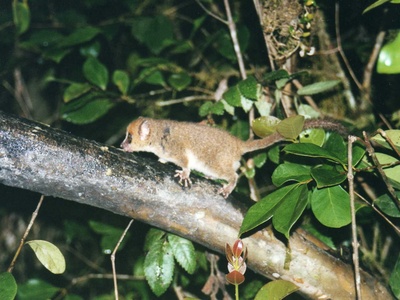
Gray mouse lemur
Gray mouse lemurs inhabit much of Madagascar and are tiny, about 0.07 kg. Nocturnal omnivores that enter torpor to conserve energy, they are resilient in some areas but vulnerable to ongoing habitat fragmentation.
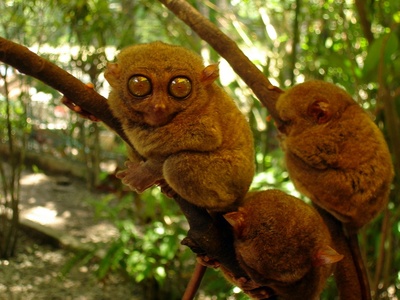
Philippine tarsier
Philippine tarsiers live on several Philippine islands like Bohol and Leyte, weighing roughly 0.12 kg. Nocturnal and strictly insectivorous, they have huge eyes and powerful leaping ability; vulnerable due to habitat loss and tourism disturbance.
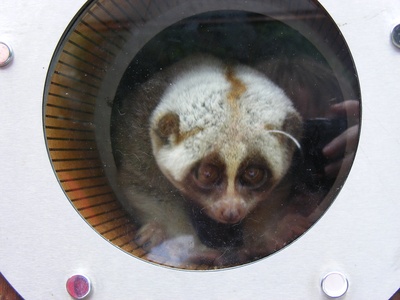
Bengal slow loris
Bengal slow lorises range across South and Southeast Asia and average about 1.20 kg. Nocturnal and slow-moving, they feed on gum, fruit and insects, possess a toxic bite, and are threatened by the pet trade and habitat loss.
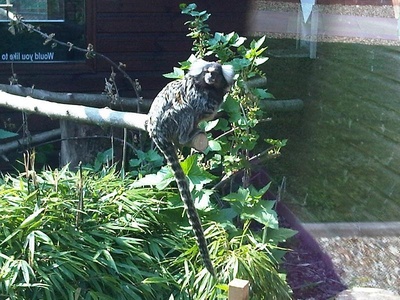
Common marmoset
Common marmosets live in northeastern Brazil and weigh about 0.32 kg. Small, social and arboreal, they feed on tree sap, insects and fruit, practice cooperative breeding, and adapt relatively well to disturbed habitats.
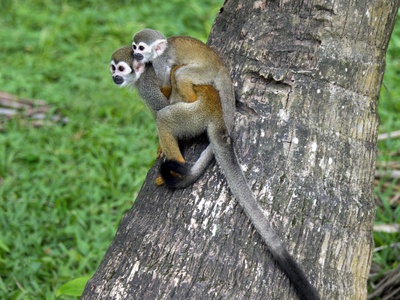
Common squirrel monkey
Common squirrel monkeys inhabit Amazonian forests across northern South America and weigh about 0.75 kg. Fast, highly social and arboreal, they mainly eat fruit and insects and are common subjects in research and conservation studies.
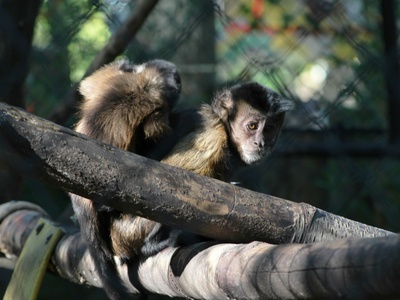
Tufted capuchin
Tufted capuchins occur in South American forests from the Amazon to the Pantanal, averaging 3.50 kg. Intelligent and omnivorous, they use tools and complex foraging behaviors; some populations face hunting and habitat pressures.
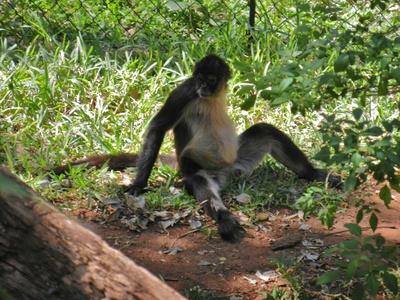
Geoffroy’s spider monkey
Geoffroy’s spider monkeys range from southern Mexico through Central America to Colombia and weigh about 8 kg. Exceptionally agile brachiators with long limbs and prehensile tails, they are primarily frugivorous and vulnerable to deforestation.
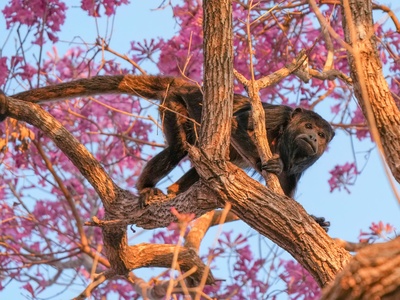
Black howler
Black howler monkeys occur across parts of Central and South America and weigh around 7.50 kg. Known for deep, loud howls that carry for kilometers, they live in folivorous groups and are relatively resilient but locally threatened.
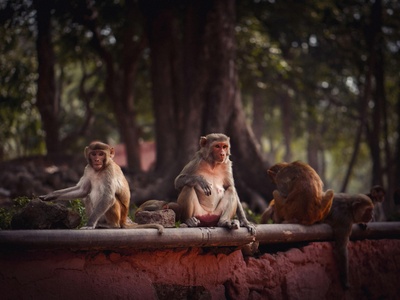
Rhesus macaque
Rhesus macaques are widespread across South, Central and East Asia and introduced globally, averaging about 7.50 kg. Highly adaptable in diet and habitat, they live close to humans in many regions and are not currently endangered.
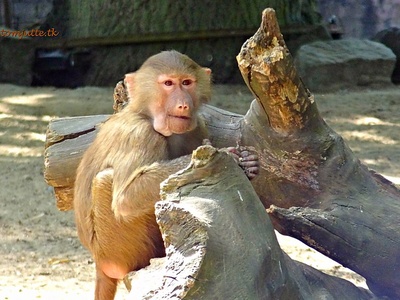
Hamadryas baboon
Hamadryas baboons inhabit the Horn of Africa and parts of the Arabian Peninsula and average around 25 kg. Males have distinctive silver capes and live in complex multi-level societies; populations are generally stable though human pressures exist.
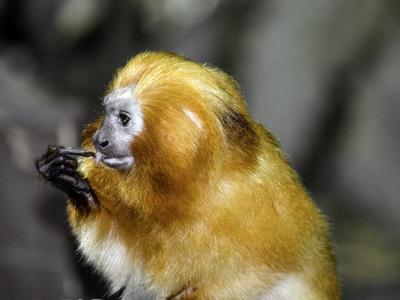
Golden lion tamarin
Golden lion tamarins are endemic to Brazil’s Atlantic Forest and weigh about 0.70 kg. With striking orange fur, they live in small family groups, eat fruit and insects, and are highly endangered but have seen recovery from active conservation programs.
